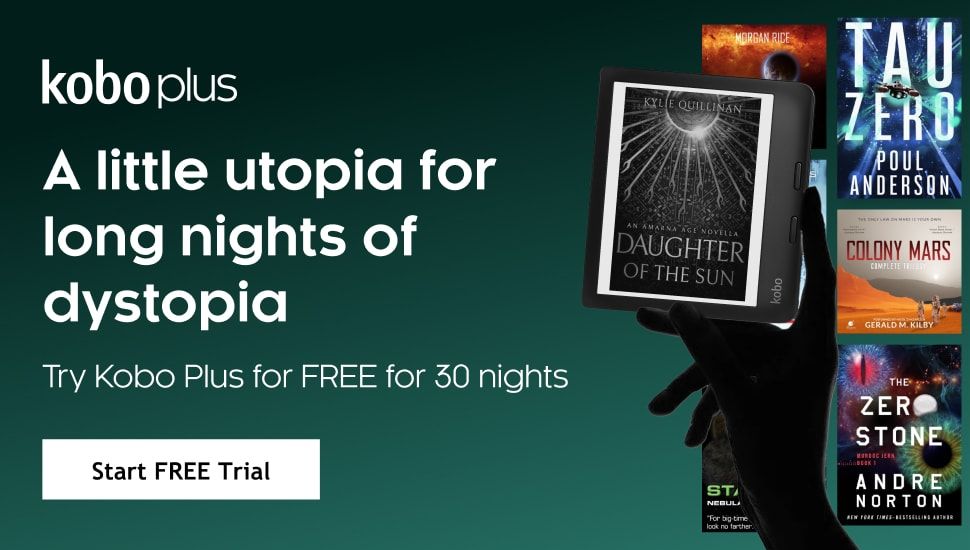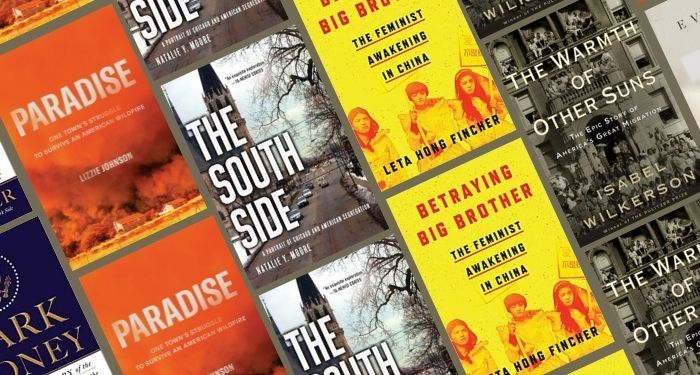
True Story: The Best Journalistic Nonfiction
We’re living in an incredible era of journalistic nonfiction, also known as narrative journalism, slow journalism, or longform journalism. These are books that go deep on a topic, offering sensory immersion into a moment in time. The moment may be one that’s huge, told from a singular place within it — think a story about immigration — or it may focus on a singular event and all of the angles within it — a natural disaster, as an example.
Narrative journalism can too often be eschewed by readers as “it could have been an article,” particularly for those stories of smaller, more singular events. And while it’s true many of these books could be articles, that defeats the entire purpose. Journalistic nonfiction is slow journalism, meant to explore all of the intersections of a story, including cultural, historical, social, corporate, and other interests that led to that particular moment and particular series of incidents.
One of the most well known works of narrative journalism, and indeed, one that many attribute to beginning the genre of nonfiction, is Truman Capote’s In Cold Blood. In it, we get the in-depth story of a true crime in Holcomb, Kansas, wherein the Clutter family was killed. Readers learn about the town, about the family, about the night of the crime and all of the sensory details possible surrounding it, along with the investigation into the criminals. Some may say that Capote took a lot of liberties in being objective, but no news is objective — it’s always colored with the writer’s perspective, and indeed, for writers who fall outside of the white, straight western norms, narrative journalism is a place where boundaries are being broken, destructed, and built into something entirely new.
Where Capote offered his voice in In Cold Blood, what authors of color are doing in their longform journalism is different. They’re often using memoir or personal insight to frame the journalism, and though it offers as much insight as “objective” journalistic nonfiction, too often it’s downplayed as “not serious of work,” when it is in fact the most serious of work.
Narrative journalism has been booming in the last decade, and interest in reading journalistic nonfiction has only increased. Part of that could be attributed to the need to understand our world as it is right now with insight from the past, and part of it could be that we’re also in a golden age for narrative journalism on podcasts. Take You’re Wrong About, for example: the podcast digs into topics that became hot in the media and in popular culture and offers the actual facts about what led to them. This is precisely what narrative journalism does. An article could get the job done, but it wouldn’t be able to be as thorough nor as captivating nor as able to really take advantage of every resource, reference, and source possible.
This roundup of outstanding narrative journalism doesn’t include some of the well-known and heavy hitters of the genre, including Jonathan Krakauer or Barbara Ehrenreich. Rather, it strives to balance more established voices with those that are often underrepresented or perceived as memoirists, as opposed to journalists (it will be of no surprise most of those are authors of the global majority). This isn’t a comprehensive look at narrative journalism but a means of offering a wide swath of the types of stories, voices, and perspectives that such writing includes. It includes recent titles, as well as some backlist gems that both laid the foundations for this genre and which remain current and relevant today.
If you’re a fan of podcasts like You’re Wrong About or other journalism-focused shows, I highly recommend trying out any of these books that appeal to you on audio. They translate particularly well, and for readers who may not always gravitate toward audio, these make a nice place to begin.
Must-Read Journalistic Nonfiction
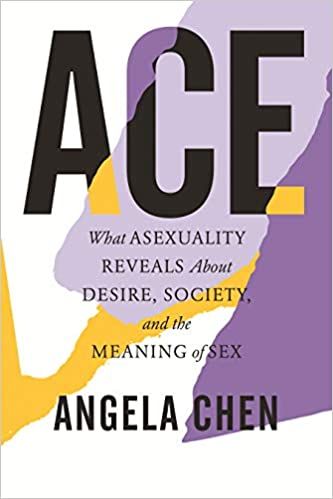
Ace: What Asexuality Reveals About Desire, Society, and the Meaning of Sex by Angie Chen
What does the A in LGBTQIA really represent? Chen, a journalist, dives into what asexuality means through personal exploration and a wide range of interviews with those who are asexual, developing a resource for everyone who wants to better understand what asexuality is…and what it is not.
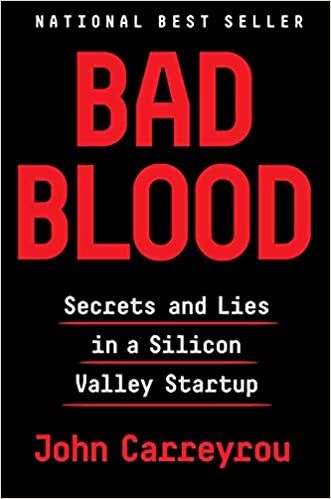
Bad Blood: Secrets and Lies in a Silicon Valley Startup by John Carreyrou
This story of a true crime is bloodless in the sense there aren’t dead bodies, but it is a story about Theranos, the infamous Silicon Valley startup which promised the biotech answer to speeding up blood testing results. It was not what it seemed, however, and Elizabeth Holmes, the founder, was arrested for corporate fraud (and indicted on a number of counts as of writing). Carreyrou’s reporting is outstanding and makes for a compelling read, whether or not you know anything about Theranos, Silicon Valley startup culture, or biotechnology.

Betraying Big Brother: The Feminist Awakening in China by Leta Hong Fincher
In 2015, The Feminist Five were arrested and held in jail for 35 days by the authoritarian Chinese government. Their story gained international attention, but it is one part of a larger and more complex movement in China by feminists to challenge the government regime.
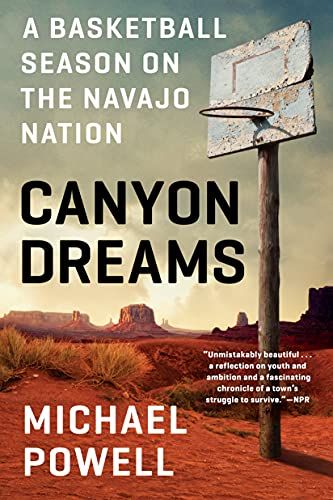
Canyon Dreams: A Basketball Season on the Navajo Nation by Michael Powell
Like all good nonfiction sports stories, it’s not really about the sport. It’s about the culture surrounding it. In this book, we get to watch a Navajo Nation basketball team seek glory on the court during a tough season. The story follows the individuals lightly, instead focusing on what it means to grow up in this part of Arizona at this time in history, particularly as it comes to the challenges of modern Native life. There is a lot of pain and hurt, as well as a lot of hope — and it’s through basketball so many can rally around and cheer for something outside of personal challenges.
Though it’s not from the perspective of a Navajo writer, Powell spent time on the reservation and worked hard to bring as many of those voices to the story as possible.
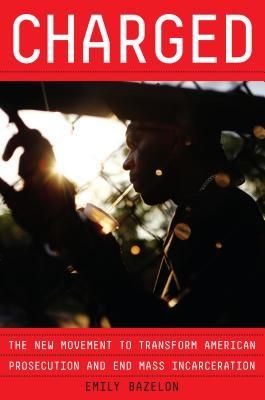
Charged: The New Movement to Transform American Prosecution and End Mass Incarceration by Emily Bazelon
Bazelon dives into the broken American criminal justice system, showcasing how the system is set up and how prosecutors have taken on an increasingly powerful role in it. Told primarily through two very different cases — one of a young Black man in a rough area of Brooklyn and one of a middle class white girl from Memphis — the power of the prosecutors are shown in how they can force plea bargains which ultimately hurt the accused and set them up to be in a lose-lose situation, even if they aren’t found guilty. This is an eye opener on mass incarceration and how it really works, as well as how it becomes a political tool for prosecutors who use their “wins” as fuel for reelection (in most states, they’re elected).
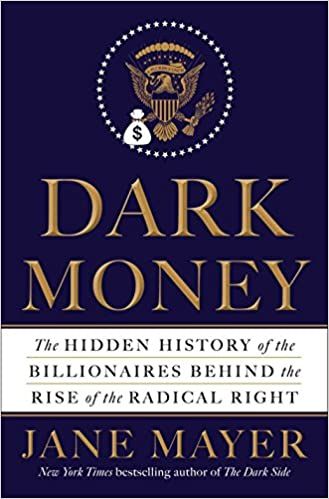
Dark Money: The Hidden History of the Billionaires Behind the Rise of the Radical Right by Jane Mayer
If you’re not familiar with but have heard the phrase “dark money,” you’ll want to pick this deep dive into the rise of the radical right in America, which has been fueled by extremely wealthy people eager to bankroll those who further their own well-being. You’ll get to know who the Koch brothers are, among others, as well as the steps these billionaires take to ensure their freedoms and assets are protected while doing legitimate, profound, and long-lasting harm to middle, working, and lower class people. It also explores why it is folks within the groups most hurt by dark money who continue to follow the rhetoric it funds.
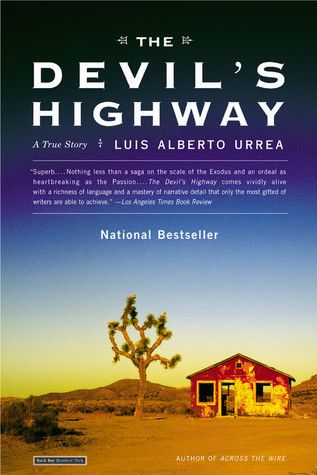
The Devil’s Highway: A True Story by Luis Alberto Urrea
It’s worth noting that this book published in 2004, and references in it will be dated. But it’s such a powerful, profound, and intimate look at everything that went wrong when 26 men attempted to cross the Mexico border into Arizona and only 12 made out alive. The setup is akin to In Cold Blood and it offers a look at the story of these men, as well as the bigger picture of immigration at the U.S. southern border.
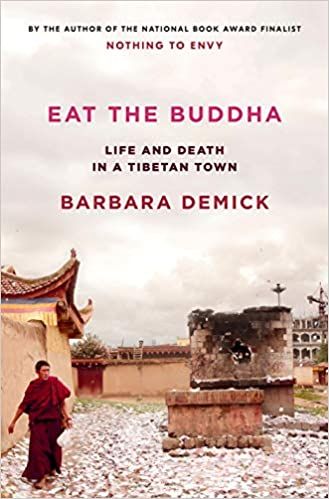
Eat The Buddha: Life and Death in a Tibetan Town by Barbara Demick
To many in the west, Tibet is romanticized. Demick’s book offers a counter to this narrative and instead offers the reality of life in Tibet, the challenges of the Chinese cultural revolution, and what Tibetans have to do in order to preserve their culture, faith, and language.
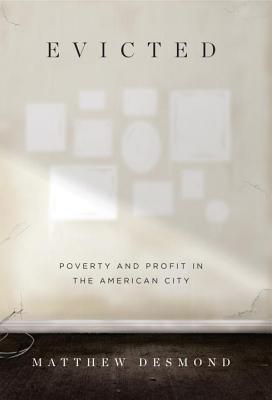
Evicted: Poverty and Profit in the American City by Matthew Desmond
Essential reading about poverty and the non-stop cycle people find themselves in when they are evicted from the place they’re living. Set in Milwaukee, one of the most racially segregated cities in the country, Desmond does an excellent job making this a picture of everywhere in urban America. His choice to use third-person in his ethnography is what makes this book work so well — Evicted isn’t his story and he in no way tells it like it is. Instead, he gives voice to those who are so often voiceless and whose stories are seen as “part of the problem” in America, rather than a result of the bigger, structural problems that actively work against their desires to reach their biggest potential.
Pairing this book with Janesville by Amy Goldstein would be especially powerful, as Janesville, Wisconsin, is a large community roughly an hour from Milwaukee and much of what Desmond highlights resonates there as well.
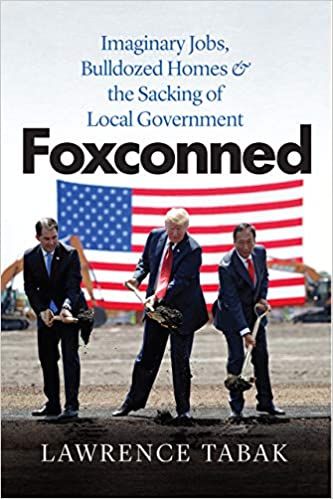
Foxconned: Imaginary Jobs, Bulldozed Homes, and the Sacking of Local Government by Lawrence Tabak
Speaking of Wisconsin and politics, former austerity governor Scott Walker’s cascade of tax incentives to bring the problem-ridden, promise-breaking FoxConn to the state ended up precisely as people believed: an imaginary fantasy. This is the story of the company, the deal, and how Wisconsin residents were on the hook for millions of dollars, homes were lost, and local government was absolutely steamrolled for a facility that never came. A fascinating read to pair with Dark Money, on the rise of the radical right.
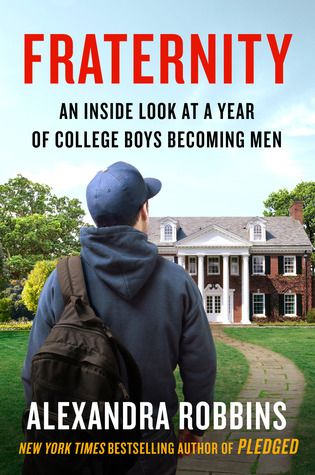
Fraternity: An Inside Look at a Year of College Boys Becoming Men by Alexandra Robbins
Robbins marries narrative and investigative journalism in really compelling ways, digging into big topics on a micro and macro level. In Fraternity, readers see both sides of the coin when it comes to (white, male) Greek life: why it’s appealing through two Fraternity members in different schools and Fraternities and also first-hand accounts as to why it’s not appealing through those same two boys, and for very very different reasons. Rather than pull the narrative a specific way, Robbins allows all of the story to flow from their perspectives, and she weaves together the nuances and considerations outside of their experiences. It’s thoughtful analysis and critique. A powerful look at toxic masculinity and about the struggle for (white, male) young adults to fit in and become something they see in the media. Robbins highlight race, pointing out the ways that Greek life is very white and very straight and what that does or doesn’t say about masculinity and our culture as well.
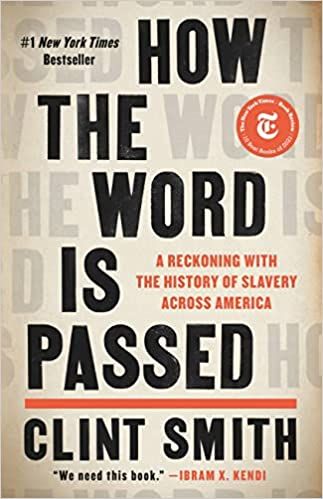
How The Word Is Passed: A Reckoning with the History of Slavery Across America by Clint Smith
Smith’s award-winning and critically acclaimed work of longform journalism begins in New Orleans with a tour of landmarks and statues and branches outward across the U.S. doing the same. These monuments to American history sometimes tell the truth, but often, they don’t. The book is a look at the creation of the slavery story in the US, who tells it, who is honest about it, and how it has shaped American understanding of the legacy of slavery generation after generation.
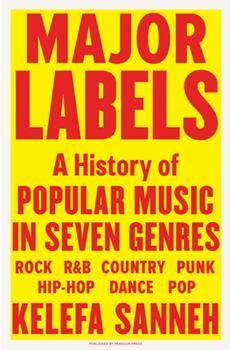
Major Labels: A History of Popular Music in Seven Genres by Kelefa Sanneh
What are genres in music and do they matter at all? Sanneh’s outstanding book explores the history of seven genres over the last 50 years, showcasing why genres exist and where and how they overlap, inform, and transform one another. From hard rock to country, hip-hop to punk, this book goes beyond the Top 40 and taps into what defines each genre and its listeners, as well as how music consumption and understanding has changed. This is a brilliant deep dive into music nerdery that leaves readers tuning into their favorite songs — as well as new discoveries — in a completely fresh way.

A Moonless, Starless Sky: Ordinary Women and Men Fighting Extremism in Africa by Alexis Okeowo
Extremism isn’t limited to western culture. It’s been a fact of life for centuries across numerous countries in Africa, and Okeowo’s book look at the people doing work to fight extremism across the continent. If you liked Katherine Boo’s Behind The Beautiful Forevers, this is a natural next read and offers a cultural, political, and social history of nations across Africa and the hope for the future of those working to make it better.
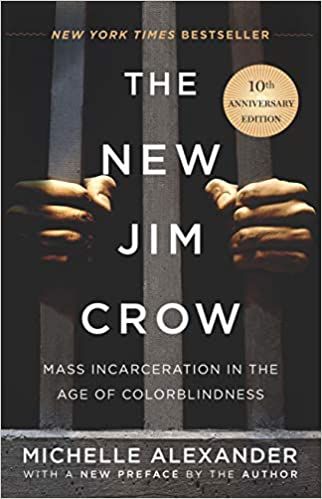
The New Jim Crow: Mass Incarceration in the Age of Colorblindness by Michelle Alexander
Read this book in conjunction with How The Word Is Passed and Charged for a deep dive into how the prison industrial complex targets Black people — especially Black men — and how this links back to slavery, Civil Rights, and white supremacy. Alexander’s book is a work of journalism as much as it’s also meant to be a means of encouraging criminal justice reform activists — and the 10th anniversary edition notes just how powerful this book has been in radicalizing numerous people and organizations to help break apart this means of modern day American enslavement.
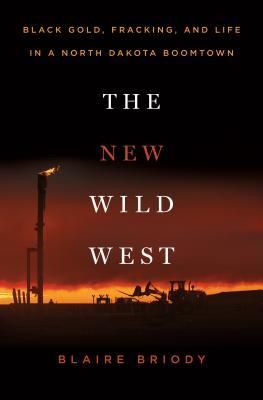
The New Wild West: Black Gold, Fracking, and Life in a North Dakota Boomtown by Blaire Briody
If you’ve read Jung Yun’s O Beautiful, this narrative journalism is going to be startlingly familiar. In Yun’s novel, a young journalist travels back to her hometown on the North Dakota prairie and sees how much it has transformed thanks to an oil boom. People came to get rich and many did, but that left locals poor, it left housing out of reach, and it changed the entire community forever.
Briody’s book is the true story. This is a fascinating look at the stories behind the folks who moved to Williston, North Dakota during the big boom and how they survived in a town that wasn’t ready for the population explosion.The book focuses on the stories of locals and a small-town culture too often unseen, including those who now face being unhoused thanks to corporate greed and the oil business.
Pair it with Yun’s novel, as well as Nomadland (below). This book was published in 2017, and hopefully Briody will revisit Williston soon and offer insight into what it looks like there as the boom has started to cool.

No Turning Back: Life, Loss, and Hope in Wartime Syria by Rania Abouzeid
If you’ve been curious about the history and modern realities of life in Syria, this is essential reading. Abouzeid’s book follows four young people looking for freedom and for safety in the country that’s been riddled by catastrophe. The Syrian crisis is one of the biggest humanitarian issues of our time, and this book takes readers deep inside the Islamic State, how it came to be, and how people are trying to build lives for themselves in the brutal country.

Nomadland: Surviving America in the Twenty-First Century by Jessica Bruder
It doesn’t matter whether or not you’ve watched the film based on the book, but if you have seen it, this book provides tremendous context missing from it. Bruder follows a series of folks who are working seasonal, low-paying jobs that thrive from the work of these older workers, with a really in-depth look at CamperForce, Amazon’s seasonal employees. The gender issue here is horrifying — women outlive men, make less money then men, and find themselves in real dire situations post-retirement more than men because of this — and the exploration of race, while not as in-depth, is explained through the lens of how much safer it is for white Americans to travel and live in their cars/RVs than it is for people of color. A read for those wanting to know more about class in America, and it pairs well with numerous above-mentioned titles.

Paradise: One Town’s Struggle to Survive an American Wildfire by Lizzie Johnson
An outstanding, engaging, enraging, and harrowing story of the fire that destroyed the community of Paradise, California, in November 2018. This is about the people who made up the town, what made the town special, and all of the things that made this fire devastating, from miscommunications to poor management decisions for the sake of saving money to PG&E’s utter lack of supervision and management of their services. Johnson chose to live part-time in Paradise to write this book, and her ability to be embedded in a community grieving and struggling and completely unlike what it had been prior to the fire is noteworthy.
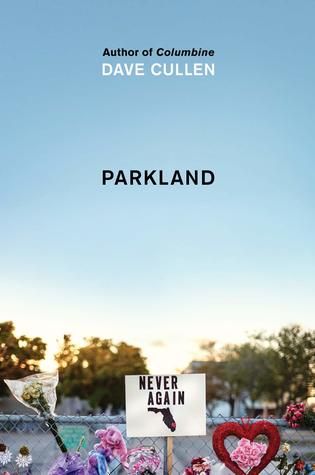
Parkland: The Birth of a Movement by Dave Cullen
A really phenomenal and hopeful book about the March for Our Lives (MFOL) founders, their movement, and all of the movements that inspired and educated them in the wake of the Parkland shooting. This is like Cullen’s previous work Columbine in that it’s the story that the media doesn’t tell — that MFOL brought in and were educated, inspired by, and collaborated with groups from inner-city Chicago that helped them learn about gun violence outside, in the raw, rather than inside, for one. It’s unlike Columbine in that it’s never about the perpetrator; we don’t even get a name. These two books offer a perspective in America’s gun culture and school shooting realities that are unparalleled.
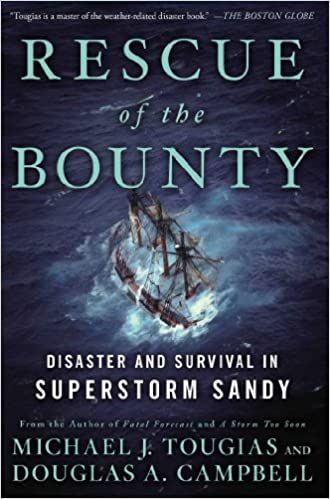
Rescue of the Bounty: Disaster and Survival in Superstorm Sandy by Michael J. Tougias and Douglas A. Campbell
In late October 2015, Captain Robin Walbridge decided to take himself and a crew of 15 from New London, Connecticut, to St. Petersburg, Florida, despite the knowledge and warning of the impending Superstorm Sandy. A near-direct hit on the Bounty by the storm left them stranded and lost. What follows in the book is the story of how the captain and his crew were located and rescued. It’s a real-life adventure and survival story and the ways in which nature has the final say in what humans can and cannot do.
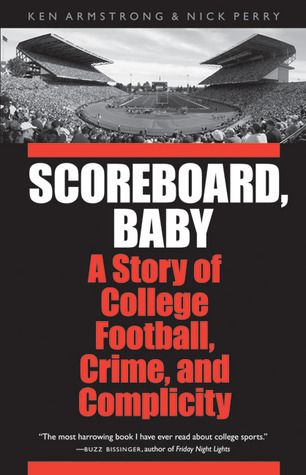
Scoreboard, Baby: A Story of College Football, Crime, and Complicity by Ken Armstrong and Nick Perry
Though this book follows the University of Washington’s 2000, it’s a story about sexual assault and rape and the ways in which well-regarded athletes — professional and collegiate — can skate by on their names and credentials when it comes to horrific crimes they’ve done. This is a brutal read that remains painfully relevant today.

Sensational: The Hidden History of America’s “Girl Stunt Reporters” by Kim Todd
An absorbing history of the “girl stunt reporters” — AKA investigative reporters — of the late 19th century. What begins with Nellie Bly opens up a whole history of other (white) women who were hired to do investigative reporting but who were never seen as hard-hitting journalists. Todd offers such fascinating insight and critique of how these women were doing incredible work and being seen not as doing real, impactful work, but were used to bolster a newspaper’s sales for what would be done next (not what the reporting revealed). The bulk of these reporters were white women, but Todd talks about how women of color were doing good work but it wasn’t seen in the same “stunt reporter” manner.
The last section of the book was especially good, as it explores how men have been the “leaders” in so many arenas of writing and yet…they’re only able to be seen that way because of how women’s work doing the same thing has always been called something lesser.
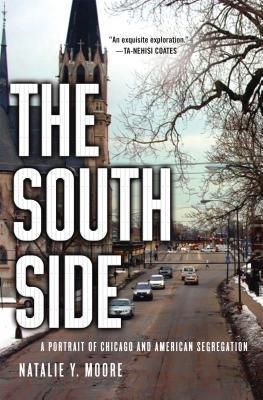
The South Side: A Portrait of Chicago and American Segregation by Natalie Y. Moore
Where Evicted painted a picture of segregation in Milwaukee, Moore’s book does similarly with Chicago and specifically, how the leadership in Chicago consistently touts its grandness while ignoring the real segregation issues across the non-downtown and non-gentrified areas of the city. In addition to looking at historical segregation, Moore interviews and gives a platform for under-represented voices living, growing, and trying to thrive on the city’s challenged south side.
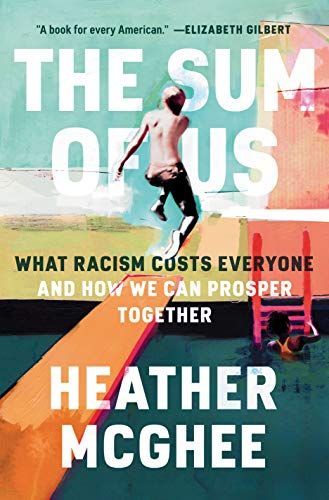
The Sum of Us: What Racism Costs Everyone and How We Can Prosper Together by Heather McGhee
The idea we need to constantly compete with one another for who deserves better is rooted in systems that are created specifically for it. Complaining that someone working in fast food doesn’t “deserve” to make money at the same level as someone working in a job like healthcare is meant to keep everyone poor.
McGhee, who is an economist, takes this deeper, exploring the ways racism has been embedded in our policies and economy and how it particularly impacts people of color. But with racism so deeply tied into these systems — developed through and by these systems — even white people lose. The book is about the zero-sum game and the power of what happens when people work together toward a common and collective good, as opposed to against one another.

The Warmth of Other Suns: The Epic Story of America’s Great Migration by Isabel Wilkerson
Wilkerson’s modern classic explores the history of the great migration, wherein southern Black families migrated north to cities where much promise was believed to be held. This exploration of a moment in American history is essential reading and offers insight into a wide array of communities across the north and west that were settled in the wake of such migration and how these stories did — or did not — hold true to their promise.
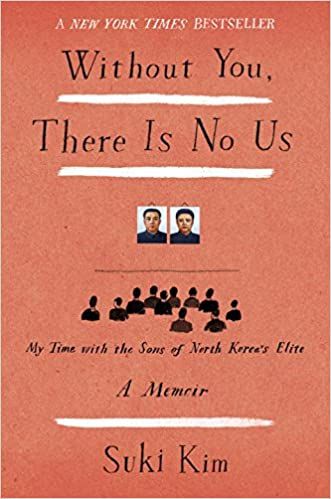
Without You, There Is No Us: My Time with the Sons of North Korea’s Elite by Suki Kim
Suki’s book, with the note it’s a memoir, brings about the fascinating question of what makes a book journalism and what makes it a memoir. The fact is, both can be true simultaneously, and that’s the case here.
This book looks at the last six months of Kim Jong-il‘s rule in North Korea and what it was like for Suki to teach English to the sons of the country’s ruling class during that time. A look at the country’s political history and contemporary realities through the perspective of a person with a first class seat to it.
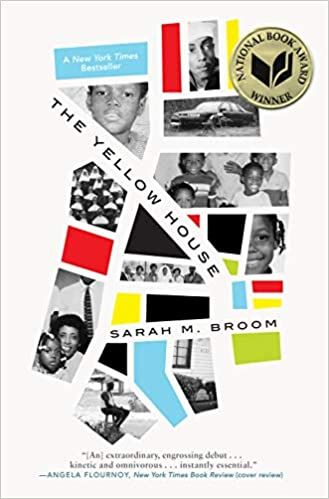
The Yellow House by Sarah Broom
Again, memoir and narrative journalism braid seamlessly in this book that explores the history of racism, of poverty, and of the areas of beloved cities and communities that aren’t showcased in travel brochures through a single home in New Orleans. Broom offers a stunning look at Eastern New Orleans, the home her mother bought in 1951 in a then-promising neighborhood, and all of the changes that came for the city and that particular community from then until now, including the loss of the home after Hurricane Katrina.
For more fantastic nonfiction, read your way into the titles included on this look at literary nonfiction, the works among the 50 best nonfiction books of the last 100 years, and the best nonfiction books of the last decade.














